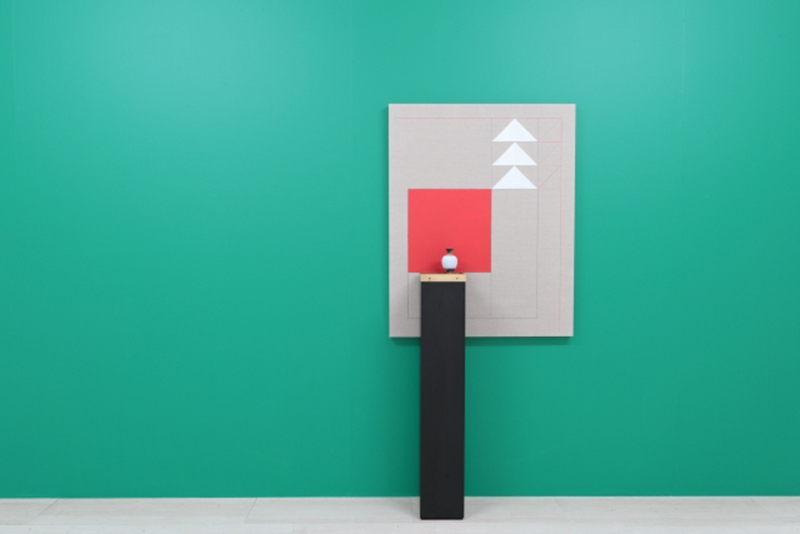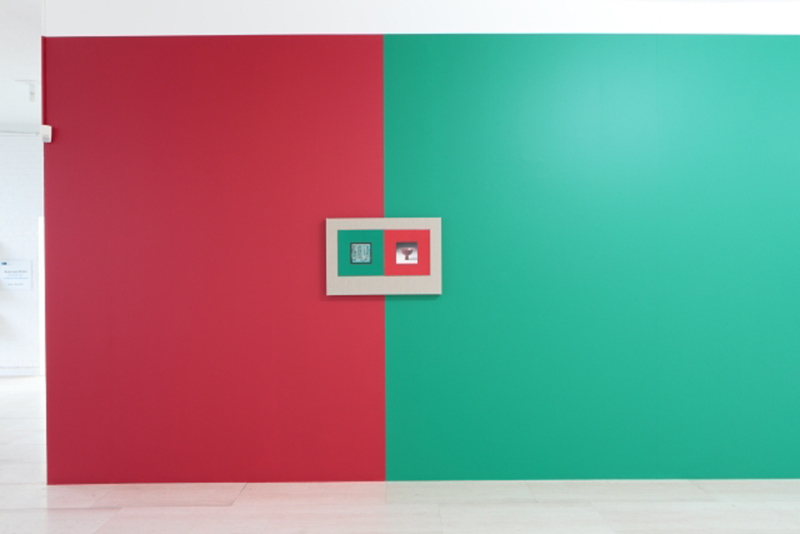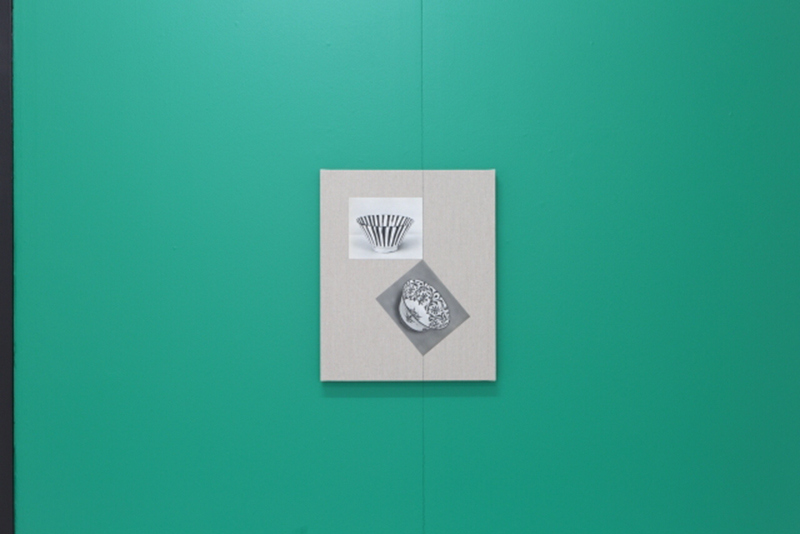ART-PRESENTATION:Kamrooz Aram-Ornament For Indifferent Architecture
 Kamrooz Aram was born in Iran and has lived in the United States since age eight. The artist’s diverse practice often engages the complicated relationship between traditional non-Western art and Western Modernism. Through a variety of forms including painting, collage, drawing and installation, Aram seeks a renegotiation of the hierarchical values inherent in art history. The viewer is challenged to reconsider the supposedly lesser position of the decorative arts as something inferior to modern art, which is often associated with individualist expression and originality.
Kamrooz Aram was born in Iran and has lived in the United States since age eight. The artist’s diverse practice often engages the complicated relationship between traditional non-Western art and Western Modernism. Through a variety of forms including painting, collage, drawing and installation, Aram seeks a renegotiation of the hierarchical values inherent in art history. The viewer is challenged to reconsider the supposedly lesser position of the decorative arts as something inferior to modern art, which is often associated with individualist expression and originality.
By Efi Michalarou
Photo: Museum Dhondt-Dhaenens Archive
Kamrooz Aram’s first European museum exhibition has the title “Ornament for Indifferent Architecture” and is on presentation at Dhondt-Dhaenens Museum. The title responds to a statement from the Mexican architect Luis Barragán who aimed for an emotional form of architecture. Kamrooz Aram believes that ornament – and art in general – can have the power to transform trivial or ‘indifferent’ architecture into emotional architecture. Kamrooz Aram explores the potential of pattern and ornament to function as an essential element in painting. In the Western history of Modernist Art, which strove doggedly for the autonomy of this medium, the ornamental was met with disdain. The architect Adolf Loos in his essay “Ornament and Crime” (1908), proposed that ornament was only acceptable for the non-Western cultures that he deemed to be inferior to modern Europeans. Nevertheless, since antiquity, for many cultures, ornament functioned as more than mere decoration and was employed as a meaningful, even conceptual, element in art and architecture. In his paintings, Kamrooz Aram combines ornamental motifs taken from Persian carpets with geometric patterns reminiscent of vernacular Modernist Architecture. Aram’s sculptural works highlight the significance of exhibition design in shaping our understanding of the antiquities we view in museums. For Aram, exhibition design and architecture is as important as the object itself in conveying meaning to the viewer. Using architectural materials such as brass, wood, and terrazzo, he creates works that focus as much on the formal qualities of design and display as they do on the objects displayed. In these works, the paintings have a dual role as both significant artworks and as passive backdrops to the objects on display. The painting, pedestal and objects can only be viewed in relation to one another. The artist does not provide wall labels identifying the displayed objects, challenging the viewer to think beyond the typical analysis of cultural significance, authenticity, authorship and provenance. Additionally, Aram presents works from his collage series titled “Ancient Through Modern”. These collages contain pages from mid-century catalogues documenting ancient Persian art. The books from which the artist sources these images present ancient Persian art in an essentially modernist context. The graphic design and photographic style of the books are crucial for our perception and understanding of the objects they represent. Aram makes this explicit by referring to modern art. The pages with Persian art are as such adhered to linen canvases reminiscent of minimalist drawing and color-field painting.
Info: Info: Museum Dhondt-Dhaenens, Museumlaan 14, Deurle, Duration: 5/2-9/4/17, Days & Hours: Wed-Sun 10:00-17:00, www.museumdd.be




